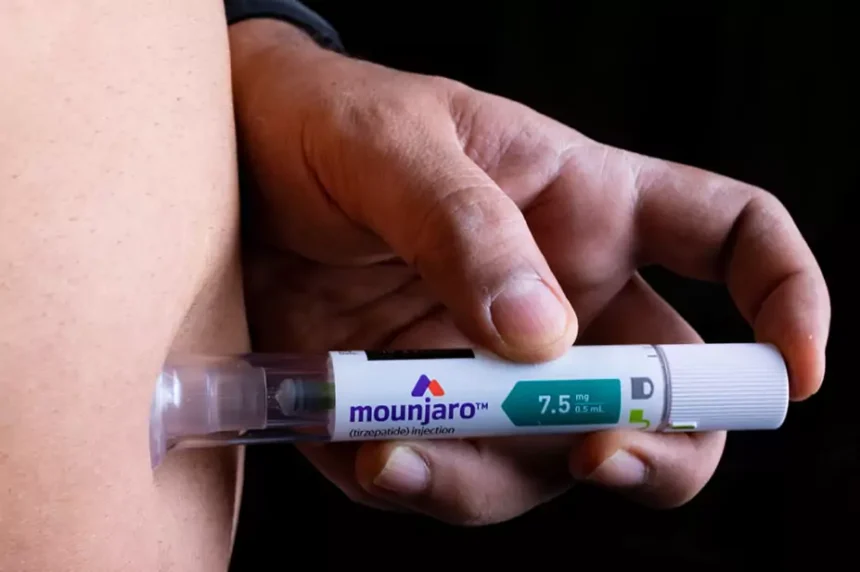Managing diabetes involves controlling blood sugar levels, regulating insulin, and addressing insulin resistance. Tirzepatide is a medication that helps address these issues by mimicking natural processes in the body. By targeting multiple pathways, it has become a valuable tool in modern diabetes treatment. Here is how tirzepatide works in different aspects of managing diabetes, providing a clearer understanding of its role:
Stimulating Insulin Production
Insulin plays a key role in regulating blood sugar levels. Tirzepatide helps by stimulating the pancreas to release insulin, which lowers blood sugar after meals. This is especially useful for people with type 2 diabetes, where the pancreas typically doesn’t produce enough insulin.
The medication works with the body’s natural response to rising blood sugar. When glucose levels increase, tirzepatide signals the pancreas to release the exact amount of insulin needed. This helps prevent overstimulation, reducing the risk of side effects.
People who experience daily blood sugar changes may benefit from this dual-action approach. While lifestyle changes like eating a balanced diet and exercising are helpful for managing diabetes, medications like tirzepatide can provide additional support when these alone aren’t enough. By increasing insulin production, tirzepatide helps maintain more stable blood sugar levels throughout the day.
Transferring Sugar From Blood
Glucose needs to move from the bloodstream into cells to provide energy. When this process slows down or becomes less efficient, blood sugar levels rise. Tirzepatide helps with glucose uptake by making cells more responsive to insulin. This step is crucial in managing type 2 diabetes, where the transfer process often struggles.
Once sugar leaves the blood, it is absorbed by muscle and tissue cells, which use the energy for daily functions. Tirzepatide supports this natural process and works alongside insulin. When glucose uptake improves, blood sugar levels become lower and more stable, even after eating carbohydrate-rich meals.
For those closely watching their glucose levels, tracking improvements in sugar transfer can show how well the medication is working over time. Keeping glucose transfer efficient is helpful for reducing strain on the body and helping to manage diabetes.
Treating Insulin Resistance
Insulin resistance occurs when the body can’t respond effectively to insulin. Cells stop reacting to insulin signals, so the body needs to produce more insulin over time. Tirzepatide aims to fix this problem by reducing resistance, making cells respond more efficiently.
By addressing the root cause, tirzepatide improves many aspects of diabetes care. Cells that previously had trouble absorbing sugar start responding again, pulling glucose out of the blood. This may reduce the excess insulin production, which can cause complications if not managed. Using methods to lower insulin resistance, whether through medication or lifestyle changes, provides a strong foundation for managing diabetes. Over time, insulin sensitivity can improve how well other treatments like diet and glucose monitoring work.
Try Tirzepatide for Diabetes
When dealing with the challenges of diabetes, medications like tirzepatide offer new opportunities to manage symptoms effectively. By stimulating insulin production, enhancing glucose transfer, and reducing insulin resistance, it supports the body’s natural processes. If you’re exploring options to manage diabetes, discuss tirzepatide with your healthcare provider.









